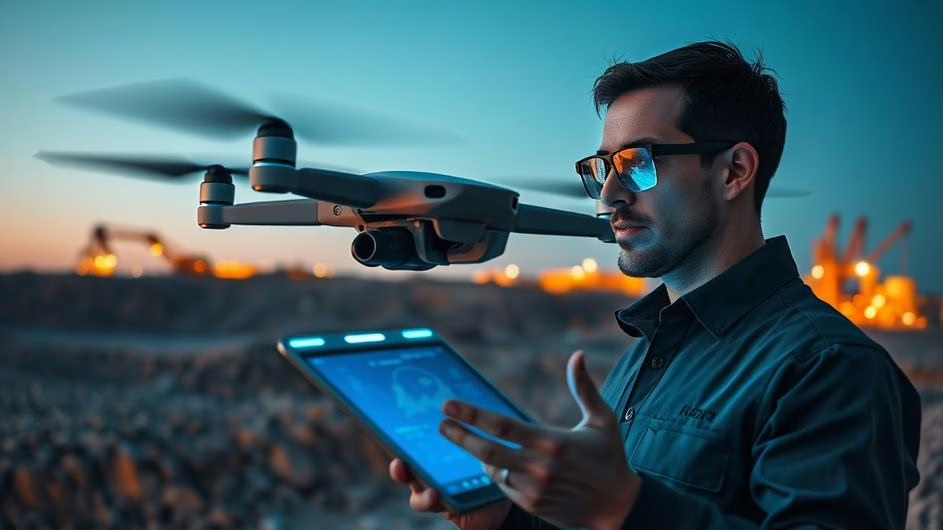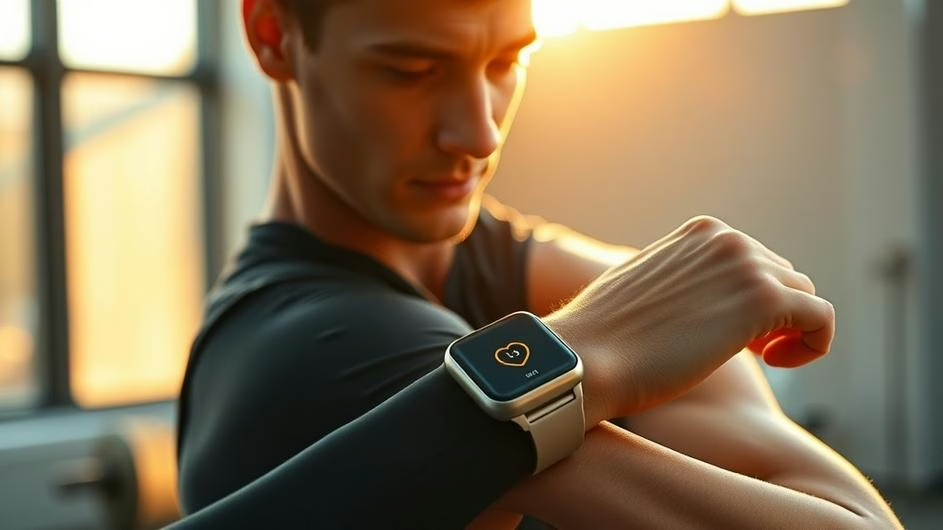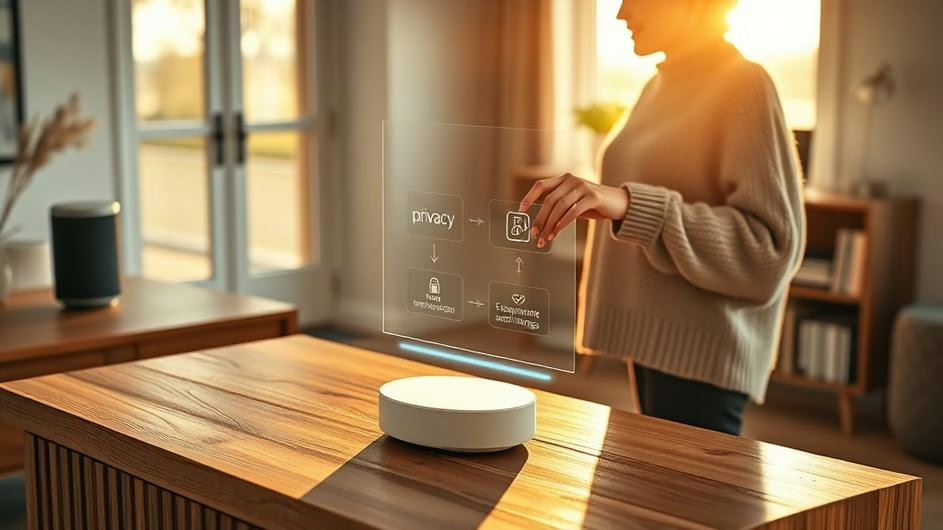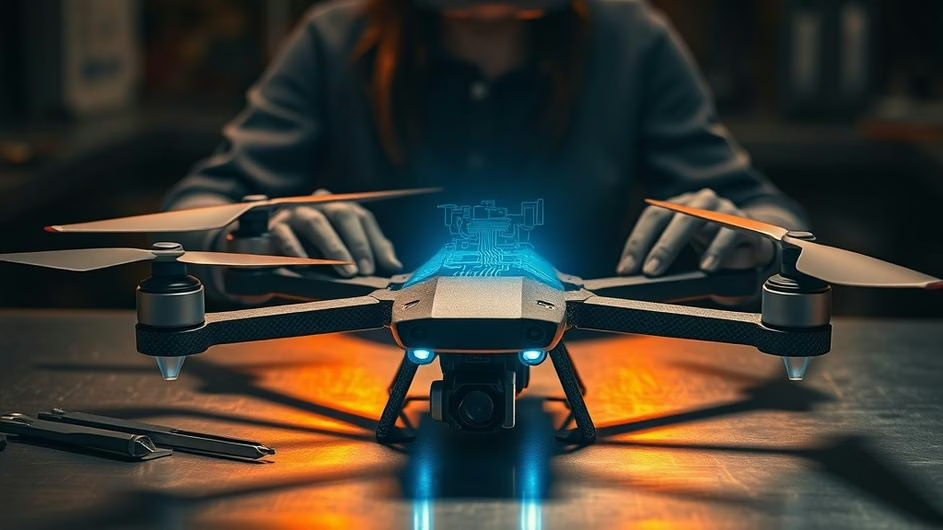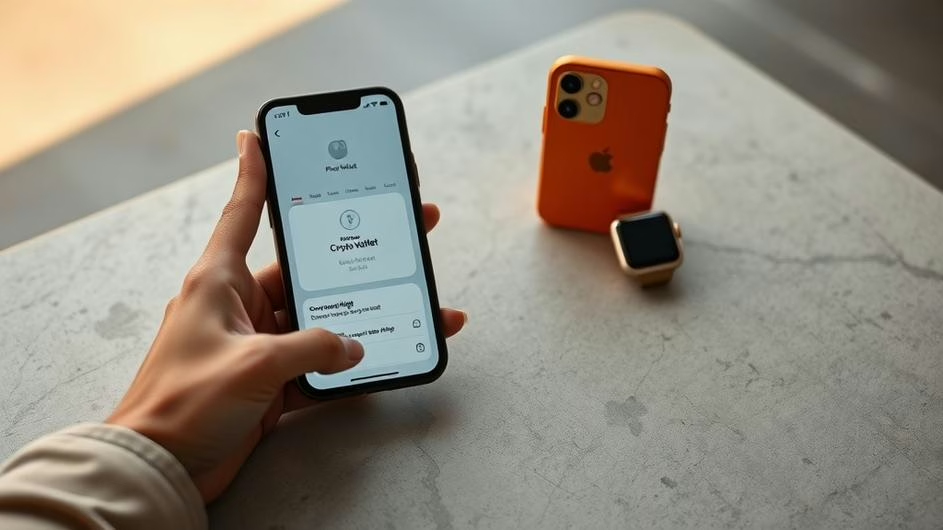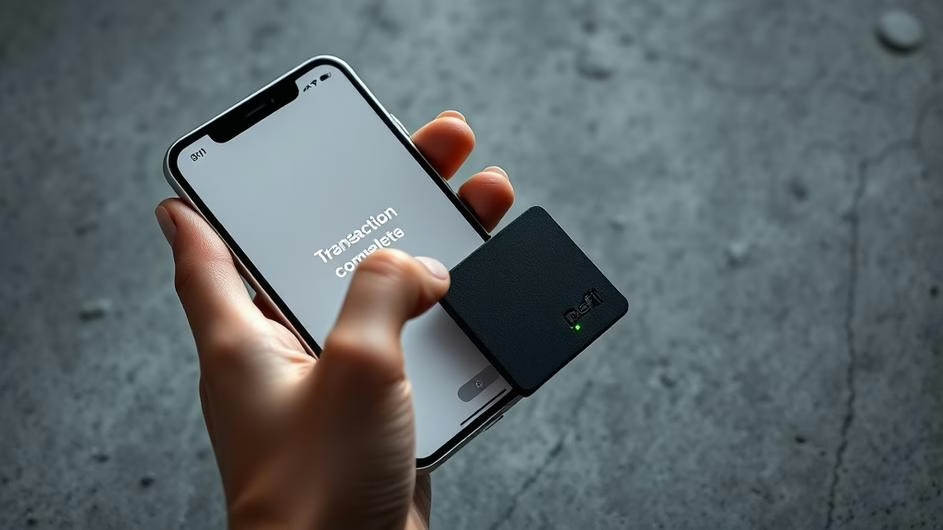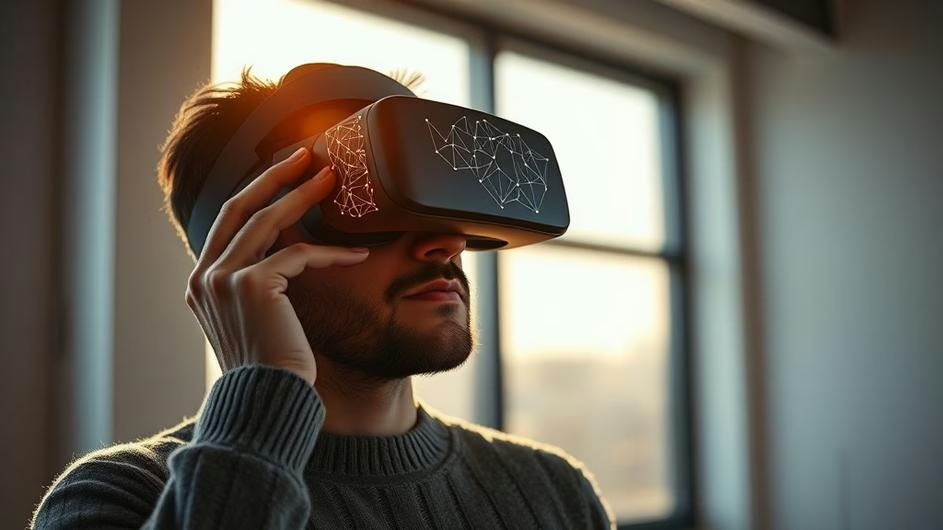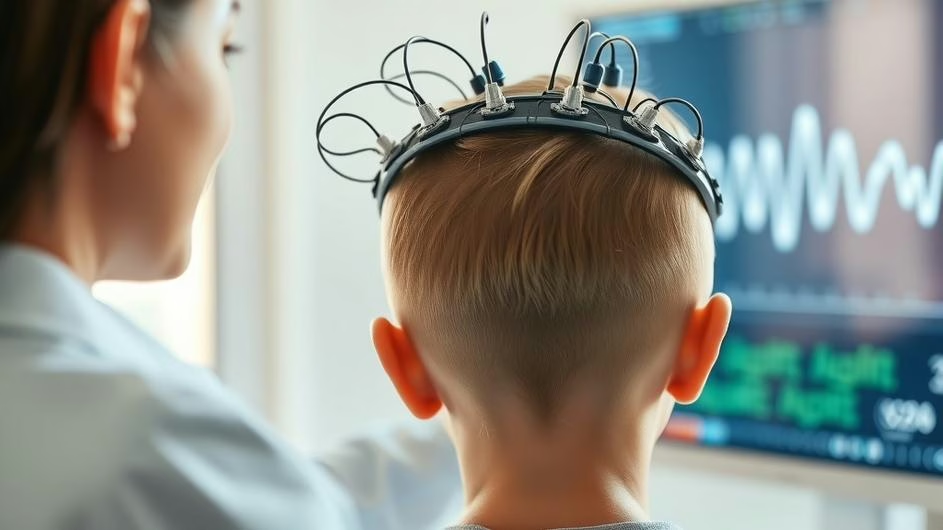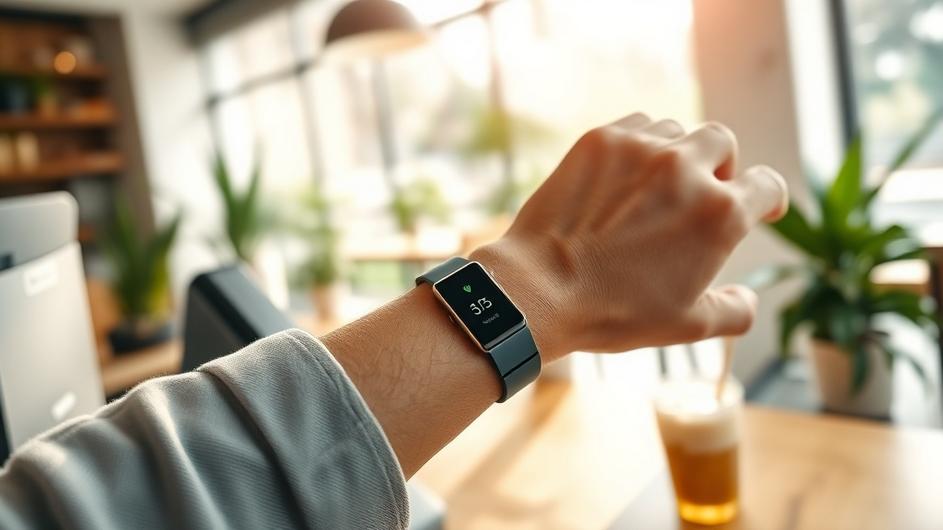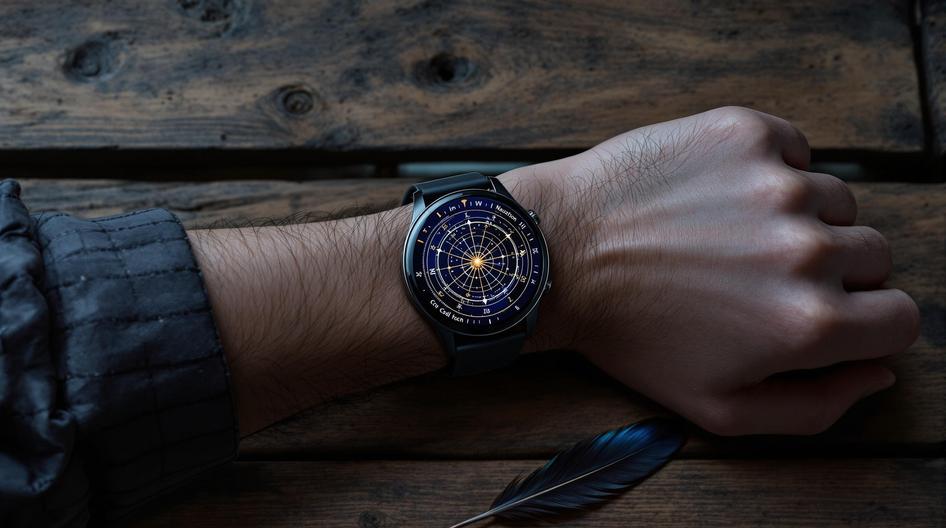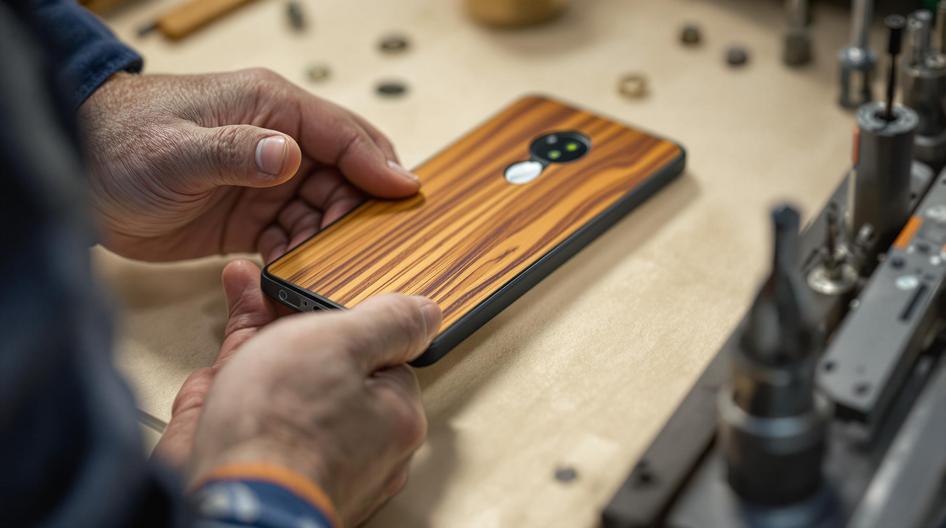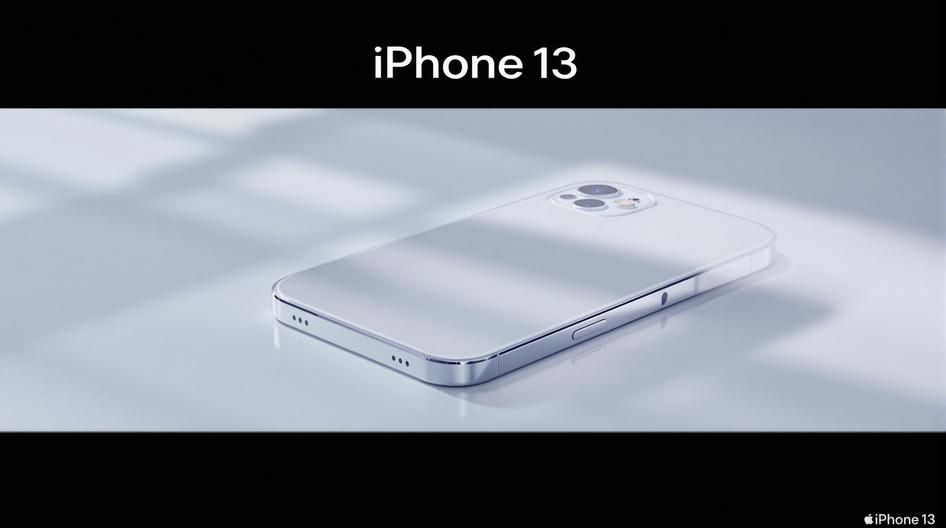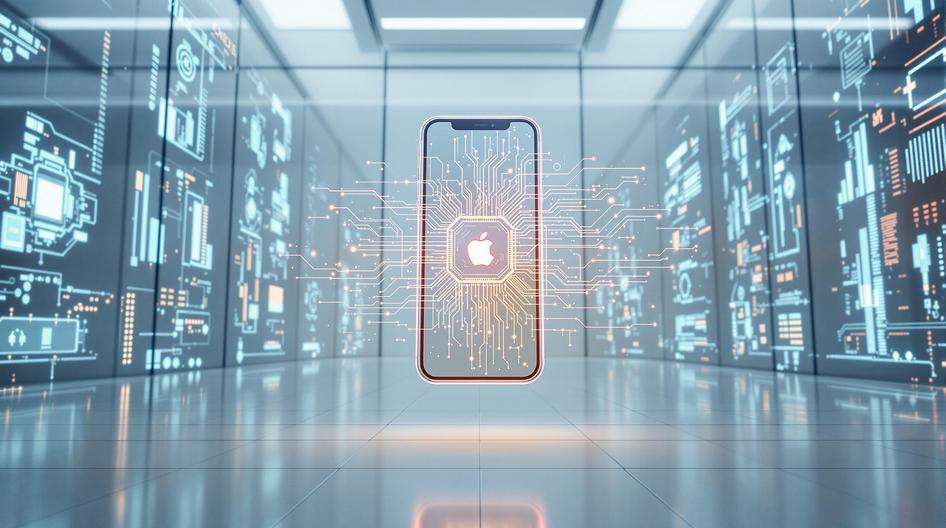
Wearables, Batteries, and AI: The Tech Transforming Our Digital Future
Tech innovation keeps pushing boundaries, and right now we’re seeing hardware and humanity blend together in ways that felt like science fiction just a few years ago. The latest developments in wearables, smart devices, and AI aren’t just about cool new gadgets. They’re shifting how we track our health, interact with data, and even shape digital economies including crypto and Web3 spaces. When you look at what’s happening behind the scenes, there’s a mix of incredible opportunity and some real challenges we need to address.
Smart Rings: Innovation Meets Some Serious Safety Concerns
Take smart rings, for example. Oura’s explosive growth shows just how quickly this market has evolved. The Finnish company has transformed finger-worn health tech into a global phenomenon. In 2025 alone, they sold nearly three million rings and pulled in close to a billion dollars in Series E funding. That’s pretty impressive for something that started as a niche tracker back in 2015.
What’s driving this boom? It’s partly about fitness gadgets becoming mainstream, especially among women and people using health savings accounts for purchases. Oura’s retail expansion shows these devices aren’t just for tech enthusiasts anymore.
But here’s where things get concerning. Battery safety issues are becoming a real problem. When tech YouTuber Daniel Rotar’s Samsung Galaxy Ring battery started swelling during travel, he ended up in the emergency room. That’s a wake-up call for an industry that’s racing to make devices smaller and smaller.
The Battery Revolution We Actually Need
This is where some genuinely exciting breakthroughs come in. Companies like Ensurge Micropower are developing ultrathin, flexible, solid-state lithium microbatteries. Unlike traditional lithium-ion cells that can swell and overheat, these new microbatteries are designed to be fundamentally safer.
Why does this matter beyond just avoiding hospital visits? As wearables evolve into health data hubs, they’re becoming gateways for everything from decentralized health records to tokenized fitness rewards in Web3 applications. Reliable, safe batteries could unlock always-on data collection, which becomes the foundation for DeFi health platforms and blockchain-enabled wellness ecosystems.
AI and Mobility: Where Data Gets Really Interesting
Smart rings are just the beginning. Cambridge Mobile Telematics’ DriveWell platform shows how AI and sensor fusion are creating entirely new categories of citizen tech. The platform pulls behavioral data from smartphones, dash cams, vehicles, and specialized tags to build detailed driver risk profiles.
What’s fascinating is how accurate these profiles can be, enabling everything from safe driving rewards to improved insurance models. This opens doors to data-sharing protocols that could eventually connect with Web3 mobility tokens or decentralized insurance pools. Think about it: your driving data could directly impact your insurance premiums through blockchain-based smart contracts.
Meanwhile, devices like the Cionic Neural Sleeve 2 are pushing wearable-assisted movement into new territory. The device uses AI to trigger muscle responses for people with mobility challenges. Beyond helping individuals, this points toward AI-driven, on-body computing that aligns with privacy-first, decentralized approaches.

The Platform Wars: Who’s Going to Win?
Major tech companies are fighting hard to dominate this interconnected device landscape. Google’s Pixel Watch 4, launching in August, is trying to reclaim ground in the competitive smartwatch market alongside Samsung’s Galaxy Watch 8 Classic and Apple’s Series 10.
For crypto developers, what’s really interesting are the open APIs, secure data channels, and potential for wearables to function as hardware wallets or authentication devices. Imagine your smartwatch serving as a private key for accessing DeFi protocols or Web3 applications.
What’s Actually Coming Next?
This past year has been a collision of massive consumer demand, innovative hardware design, and some harsh realities about safety and reliability. Every new device that wraps around your finger, wrist, or arm brings us closer to seamless, data-rich experiences that prioritize privacy.
Battery chemistry advances, sensor intelligence improvements, and the platforms orchestrating them aren’t just interesting to gadget enthusiasts. They’re becoming the infrastructure for the next wave of crypto applications, DeFi platforms, and decentralized apps.
For anyone watching where wearables intersect with decentralized technology, now’s the time to pay attention. We’re building the foundation for an era of programmable, personal, and constantly connected digital assets. The question isn’t whether this convergence will happen, but who will build the infrastructure that defines it.
Sources:

